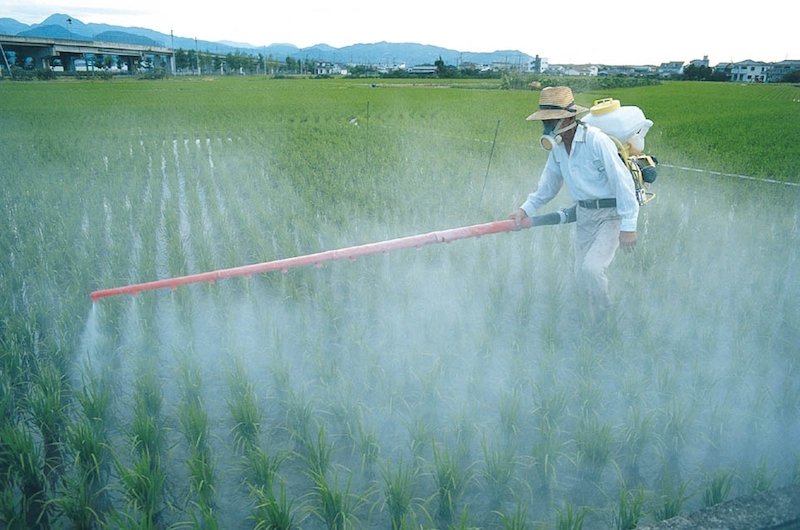
We know very little about the long-term effects of eating food treated with pesticides – so why would you bargain with your health?
People who eat organic produce have been found to contain lower levels of pesticides in their bodies than people who eat conventionally grown fruits and veggies, according to a new study. This is particularly important with regards to children, who eat more in relation to their body weight, resulting in higher concentrations of pesticides in their bodies than in adults.
And if you think that washing or peeling your fruit and vegetables will get rid of the pesticides, then think again. The Environmental Working Group found that 68% of food samples analyzed had detectable pesticide residues even after they had been washed or peeled.
Below is a list of fruit and vegetables with different pesticide residues and the dangers of each. Always buy these fruit and vegetables organic (or grow them organically yourself), or don’t buy them at all.
14 Foods to Buy Organic
1. Apples
47 pesticide residues (6 known or probable carcinogens, 16 suspected hormone disruptors, 5 neurotoxins, 6 developmental or reproductive toxins, 11 honeybee toxins)
One of the dirtiest foods on the list, apples rank number 1. The EWG found 99% of apple samples to test positive for at least one pesticide residue (which is incredibly high).
2. Berries
Blueberries – 52 pesticide residues (8 known or probable carcinogens, 22 suspected hormone disruptors, 14 neurotoxins, 7 developmental or reproductive toxins, 17 honeybee toxins)
Strawberries – 45 pesticide residues (6 known or probable carcinogens, 16 suspected hormone disruptors, 7 neurotoxins, 6 developmental or reproductive toxins, 12 honeybee toxins)
The two most common berries – blueberries, strawberries – are all high on the pesticide list, and should be avoided at all costs if not organic or wild-picked. Domestically grown blueberries contain organophosphate insecticides, which EWG classifies as “highly toxic” and should be avoided. Your best bet is to buy all berries organic – blueberries, strawberries, raspberries, cranberries, you name it!
3. Corn
Although the pesticide residue on corn is low, that doesn’t deter from the fact that this vegetable is highly GMO. Corn doesn’t need to be sprayed with pesticides because the pesticides are already integrated into the corn’s genes. If your corn isn’t organic, then don’t eat it. The effects of genetically modified crops are similar to that of pesticides, and include inflammation disorders, and problems with our main detoxification organs like the liver and kidneys.
4. Snap Peas
78 pesticide residues (5 known or probable carcinogens, 28 suspected hormone disruptors, 13 neurotoxins, 12 developmental or reproductive toxins, 25 honeybee toxins)
According to the study conducted by EWG, a simple sample of imported snap peas showed 13 different pesticides apiece!
5. Bell Peppers
53 pesticide residues (3 known or probable carcinogens, 21 suspected hormone disruptors, 10 neurotoxins, 6 developmental or reproductive toxins, 18 honeybee toxins)
The most common pesticide found: Oxamyl oxime, an extremely toxic pesticide that may be fatal if swallowed, inhaled, or if it comes in contact with the skin. It “apparently” degrades once coming into contact with the soil, but we all know that the roots of every plant dig into the soil, which means re-uptake and higher residue accumulation in the food.
6. Stone Fruit
Nectarines – 33 pesticide residues (5 known or probable carcinogens, 17 suspected hormone disruptors, 9 neurotoxins, 6 developmental or reproductive toxins, 10 honeybee toxins)
Peaches – 62 pesticide residues (8 known or probable carcinogens, 24 suspected hormone disruptors, 12 neurotoxins, 9 developmental or reproductive toxins, 20 honeybee toxins)
Some of the key findings of the EWG found that 98% of peaches and 97% of nectarines tested positive for at least one pesticide residue.
7. Grapes
56 pesticide residues (8 known or probable carcinogens, 17 suspected hormone disruptors, 10 neurotoxins, 4 developmental or reproductive toxins, 19 honeybee toxins)
EWG found that a single grape sample contained 15 pesticides. Who eats conventional grapes anyway? Organic grapes are like 6000 times sweeter (honestly), and blow conventional grapes out of the water!
8. Cherries
42 pesticide residues (5 known or probable carcinogens, 20 suspected hormone disruptors, 7 neurotoxins, 8 developmental or reproductive toxins, 14 honeybee toxins)
9. Celery
64 pesticide residues (10 known or probable carcinogens, 27 suspected hormone disruptors, 12 neurotoxins,12 developmental or reproductive toxins, 16 honeybee toxins)
10. Spinach
54 pesticide residues (7 known or probable carcinogens, 21 suspected hormone disruptors, 11 neurotoxins, 7 developmental or reproductive toxins, 20 honeybee toxins)
11. Potatoes
35 pesticide residues (6 known or probable carcinogens, 12 suspected hormone disruptors, 7 neurotoxins, 6 developmental or reproductive toxins, 9 honeybee toxins)
EWG found an average potato to have more pesticides by weight than any other produce sample analyzed.
12. Hot Peppers
75 pesticide residues (3 known or probable carcinogens, 25 suspected hormone disruptors, 16 neurotoxins, 7 developmental or reproductive toxins, 25 honeybee toxins)
13. Kale and Collard Greens
Kale – 55 pesticide residues (6 known or probable carcinogens, 22 suspected hormone disruptors, 10 neurotoxins, 10 developmental or reproductive toxins, 17 honeybee toxins)
Collards – 46 pesticide residues (7 known or probable carcinogens, 21 suspected hormone disruptors, 10 neurotoxins, 8 developmental or reproductive toxins, 19 honeybee toxins)
Kale and collard greens were frequently found by the EWG to be contaminated with insecticides toxic to the human nervous system.
14. Cucumbers
86 pesticide residues (10 known or probable carcinogens, 32 suspected hormone disruptors, 17 neurotoxins, 10 developmental or reproductive toxins, 24 honeybee toxins)
15. Tomatoes
35 pesticide residues (6 known or probable carcinogens, 12 suspected hormone disruptors, 7 neurotoxins, 6 developmental or reproductive toxins, 9 honeybee toxins)
If you want a real tomato (and not a plastic, gross-tasting one), then buy tomatoes at your local farmers market and ask if they spray, or find an organic distributor (or of course, grow your own). Freshly grown tomatoes taste so much better than conventional.
Thanks to EWG and What’s On My Food for shedding light on this important subject, and bringing to awareness the importance of eating organically.

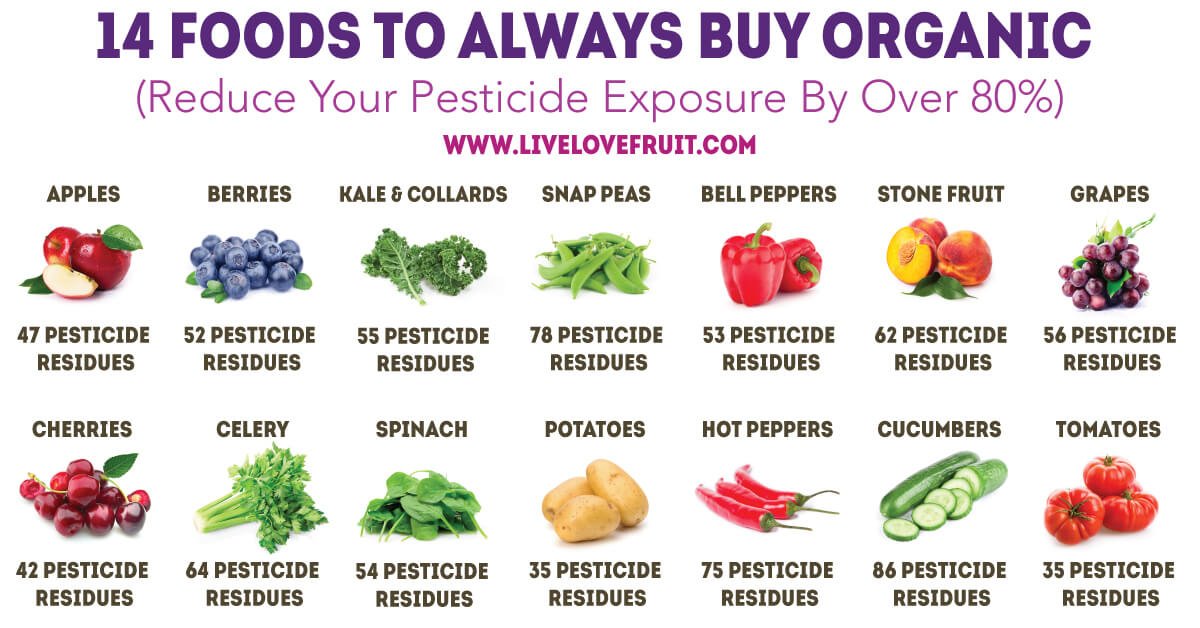
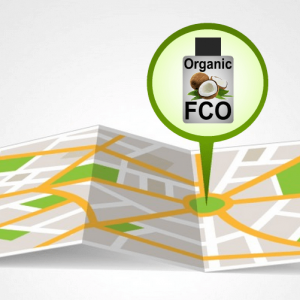
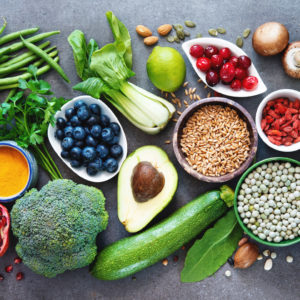



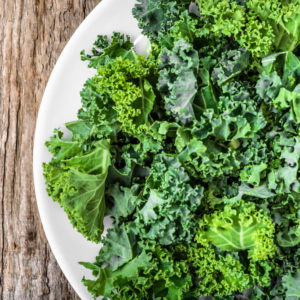

We need certified organic, non-GMO Labeling and the EPA to increase restrictions on pesticides and pesticide drift!!